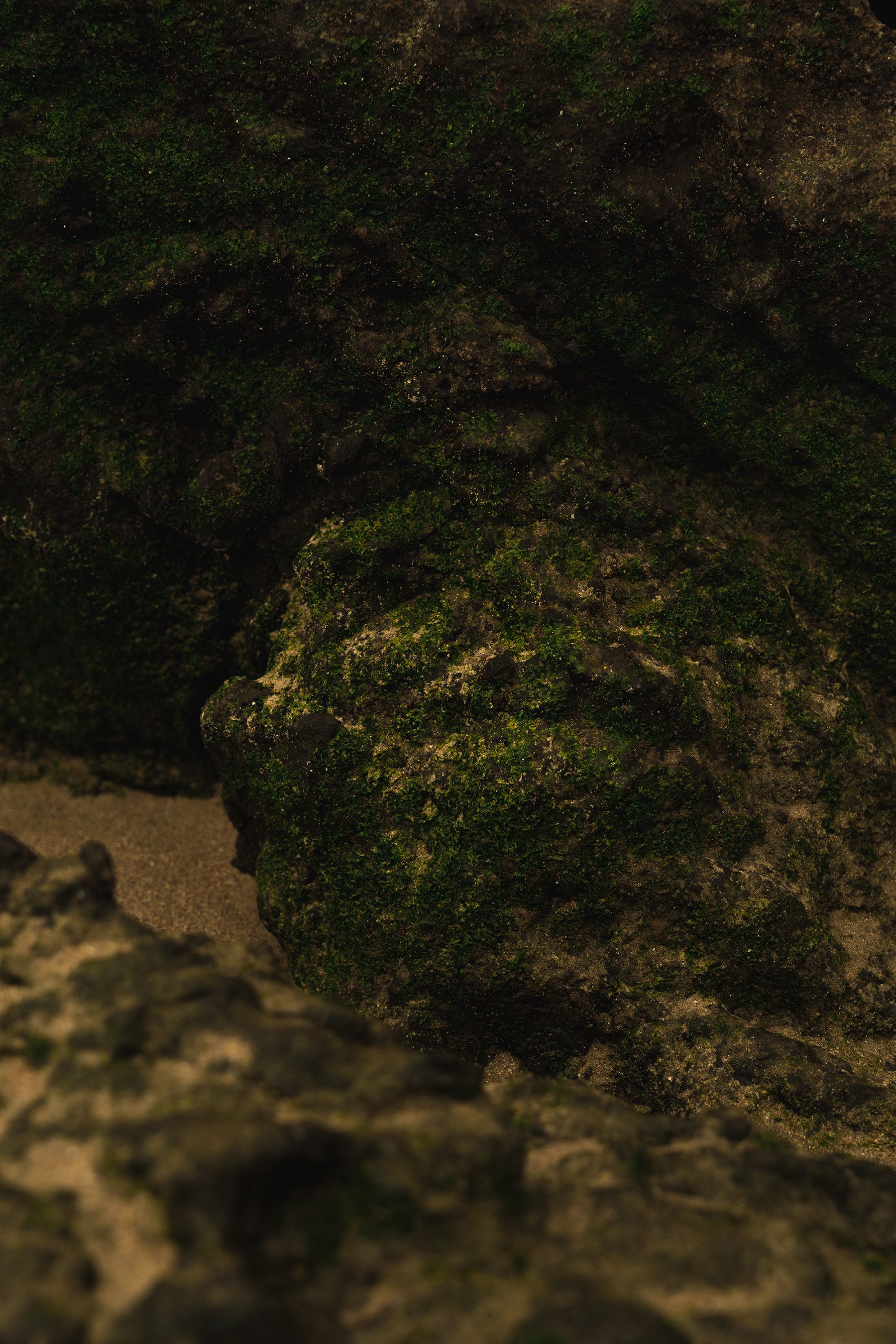
The success of Sagarminaga Atelier lies in the diversity and dedication of all the people that make up our team.
In 2017, Gabriela de Sagarminaga created Sagarminaga Atelier, a studio and craft workshop that was born from an illusion: to collect an ancestral tradition, that of the artisan work of vegetable fibers, to design and produce exclusive and timeless pieces, and create spaces with a great expressive value.
His creativity and curiosity come together in his pieces and projects, where concepts such as tradition, innovation and respect for techniques and raw materials acquire special relevance. Also her experience in the fashion and design sectors, and her career as a researcher in social innovation, give her work a particular sensitivity regarding the human scale, the search for beauty, aesthetics and sustainable development.
“I decided to set up my own firm to find my language and explore my capacities and my references and thus be able to create my own models”.
.”
I studied Fashion Styling and Coordination at the IED, Fashion Design Stylling at Central Saint Martins in London and a Master in Marketing Management at ESIC. After working for a year with Custo Barcelona and another three at Flaqué Internacional, who were the ones who then carried the weight of fashion in Barcelona, I decided to go live in Latin America and set up my own project, Da un Giro, with which I toured six countries for six months to interview people, communities and companies that worked for the common good. When I finished my trip, I was hired as a researcher to devise a Living Lab model at Inspiralab, in the Innovation, Science and Technology district of Medellín, where I learned a lot about processes of creation and social transformation.
I returned to Bilbao, to my hometown. I wanted to go back to working with my hands, so I created a research project on the relationship between different craft techniques and the territory. I was selected at the Medialab Prado in Madrid to do a residency and develop the project and it was there that I found esparto grass, since the Medialab facilities, which are in the Atocha area, are built on an old espartizal. This residency allowed me to carry out in-depth research on esparto grass to understand its meanings for Spanish culture and how it is positioned in the economic and cultural market.
I decided to return to Bilbao to set up my own firm and continue researching esparto handicrafts and traditional production techniques, and to seek my language and explore my capacities and my references and thus be able to create my own models. So I started to design products with the aim that they had something behind them, that they would tell their own story and not only serve as decorative objects. That is when Sagarminaga Atelier was born.



